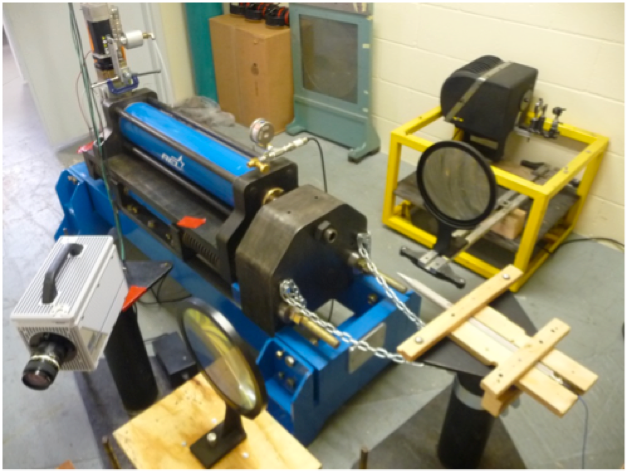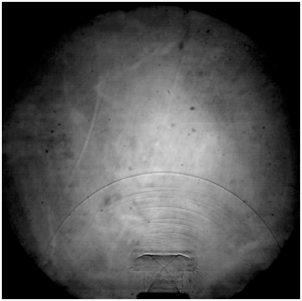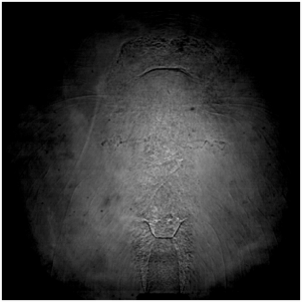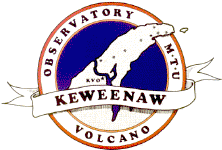Analog Experimental Observations of Explosive Volcanic Eruptions: What can we learn and what are the remaining challenges?
Eziequiel Medici


Analog Experimental Observations of Explosive Volcanic Eruptions: What can we learn and what are the remaining challenges?
Eziequiel Medici
The initial stage in an explosive volcanic eruption is characterized, among other factors, by the formation of an acoustic pressure wave followed by the discharge of a multiphase mixture jet into the atmosphere. Depending on the amount of energy released, the acoustic pressure wave and the multiphase mixture jet can reach supersonic speeds. The complex flow dynamics, in combination with the high speed nature of those two events, makes it challenging to elucidate conclusions from field observations only. There are many aspects of the supersonic pressure waves (shock waves), single and multiphase supersonic jets, and the interaction between pressure waves and jets that are not well understood. The study of the pressure waves can lead to a technique for determining the plume size and better remote sensing of the conditions at the volcanic vent during the eruption. The generation and evolution of the multiphase supersonic jet, on the other hand, plays a crucial role for the plume and pyroclastic flow dynamics. Analog laboratory experiments mimicking this sudden release of energy under controlled experimental conditions using shock tubes can bring a wealth of information on the eruption complex gas dynamics. Hence, a broad range of analog experiments has been performed at the Michigan Tech University Atmospheric Shock Tube facility. Experiments included observations of shock waves of different intensities, the formation of multiple shock waves for a single discharge, and single and multiphase supersonic jets, among other tests.


Image sequence of the shock wave followed by a supersonic jet, using a shadow graph technique, taken at the at the Michigan Tech University Atmospheric Shock Tube facility. The field of View is approximately 11 inches. Time interval between the two images was 666 microseconds.
Michigan Tech University Atmospheric Shock Tube facility



